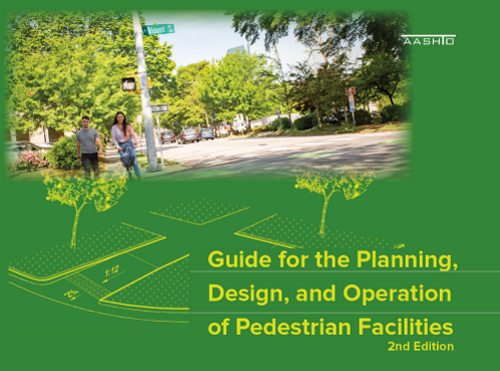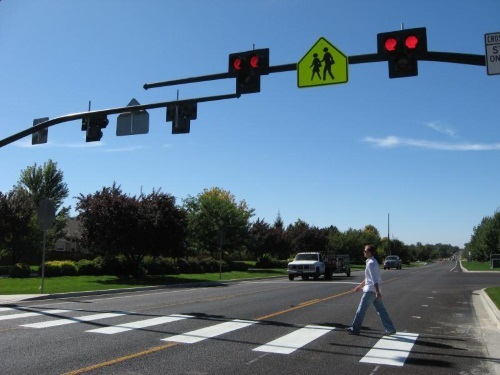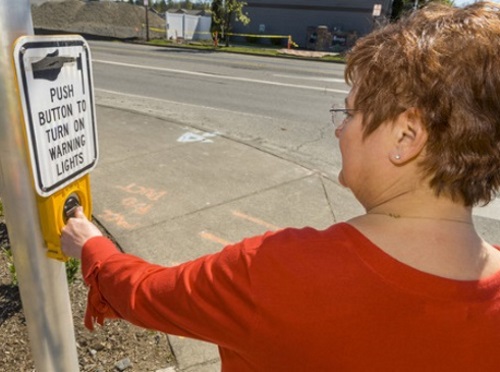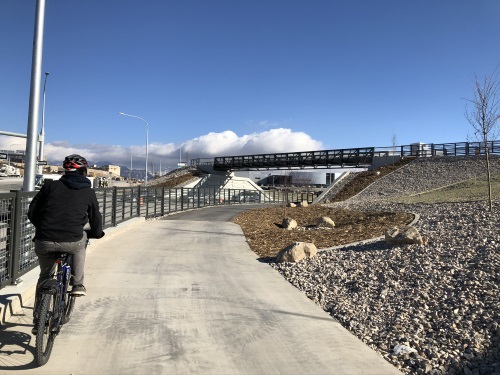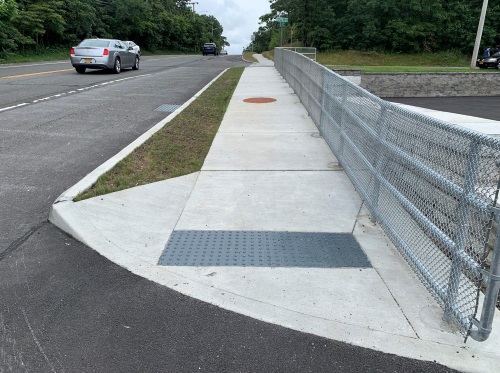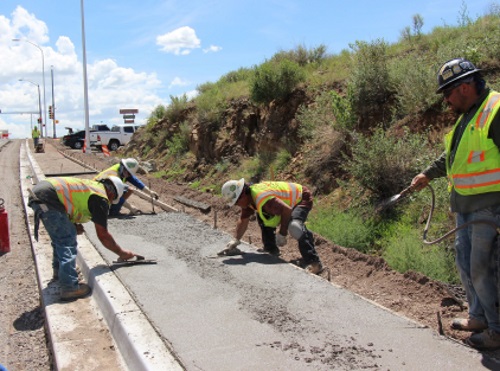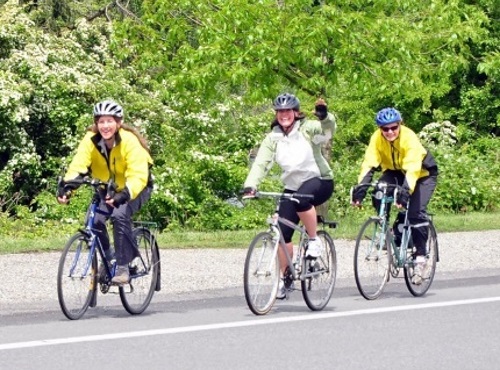A number of state departments of transportation are pushing ahead with projects that support “active transportation” activity; a catch-all term that refers to infrastructure development that supports pedestrian, bicycling, and other “active” forms of mobility.
[Above photo by the Utah DOT]
The Utah Department of Transportation recently completed a $415 million I-15 Technology Corridor project that not only expanded highway capacity to support “explosive” population and business growth along the border of Salt Lake and Utah Counties but improved existing multi-use trail systems, bike lanes, and transit capacity as well.
Utah DOT said the incorporation of infrastructure “elements” supporting pedestrian and bicycling activity proved key to the overall success of the I-15 Technology Corridor project.
Prior to construction, active transportation in the area had been poor with at-grade sidewalk crossings and minimal connectivity to existing trails, the agency said. Through analysis and collaboration with multiple agencies, Utah DOT created an active transportation network with shared-use paths parallel to the frontage roads and other streets via the construction of pedestrian bridges and under-crossings.
“The Tech Corridor project was much more than just a transportation project for motor vehicles. Along with it, we now have a great looped bike and pedestrian path on each side of the freeway,” explained Kim Struthers, community development director for Lehi City, in a statement.
“This will allow easier commuting to our employment center by alternate modes of transportation. It will also serve recreational users, and allows bikers, walkers, and joggers to tie into the extensive surrounding network of trails including the Murdock Canal Trail, Jordan River Parkway Trail, and the Southern Rail Trail,” she explained. “A key component to the looped trail system is the grade-separated crossings at the I-15 at the S.R. 92 interchange, Triumph Blvd. and State Street that allow people to get across the freeway and major arterial roads in a much safer and comfortable way.”
Meanwhile, the Oregon Department of Transportation is supporting an effort by the Portland Bureau of Transportation to install the next phase of the $13.7 million Congressman Earl Blumenauer Pedestrian and Bicycle Bridge. During the weekend of October 8, that 450,000-pound and 400-foot-long bridge – spanning I-84 – crews will lift and roll the structure into place.
Following the initial bridge placement, crews will connect the bridge to the north landing as part of the final phase of construction. When complete, the Blumenauer Bridge will connect pedestrians and people biking on NE 7th Avenue between two of Portland’s fastest-growing neighborhoods –Lloyd and the Central Eastside – and beyond. In the future, it will also serve as an important link for Portland’s Green Loop, Oregon DOT said in a statement.
When it opens in summer 2022, the agency said the bridge would also be “seismically resilient” and serve as a backup route for emergency vehicles over I-84 in the event of an earthquake. In addition to the bridge, the project includes two new public plazas and landings on the north and south sides of the bridge.
ODOT supports this effort with the city of Portland as they work to maintain a safe and modern transportation system, part of ODOT’s Strategic Action Plan.
Finally, the Washington State Department of Transportation recently invited the public to comment on the next phase of the state’s active transportation plan. WSDOT – which published part one of its active transportation plan in May – said the deadline for comments on part two of the plan is October 29.
Part one of the plan provided an assessment of the needs for accessible pedestrian and bicyclist facilities, highlighted safety concerns, and detailed the first-ever examination of state right-of-way and its suitability for active transportation. The agency said part two provides an overview of the performance metrics strategy needed to support implementation of the recommendations identified in part one of the plan.
The new phase of the plan comes during a time when motor vehicle crashes resulting in the deaths of people walking or bicycling are occurring at a higher rate in Washington State than the averages for 2010 through 2019. Those fatal crashes made up 22 percent of all traffic deaths in the state in 2020. Early in the pandemic walking and bicycling soared, and WSDOT’s multimodal transportation dashboard continues to show higher use of active transportation than in 2019.
“We analyzed state highway routes in our needs assessment because they now serve as local streets as population centers have expanded. In the past we haven’t had the data to describe the critical characteristics of these highway segments,” noted Barb Chamberlain, director of WSDOT’s Active Transportation Division, in a statement. “We’re now laying out the strategies needed to address the effects of having that mix of uses interacting,” she noted. “We’re especially focused on safety because decreasing the chance of a serious or fatal crash benefits everyone using the system, not just those who are walking or rolling and are more exposed to the consequences.”

